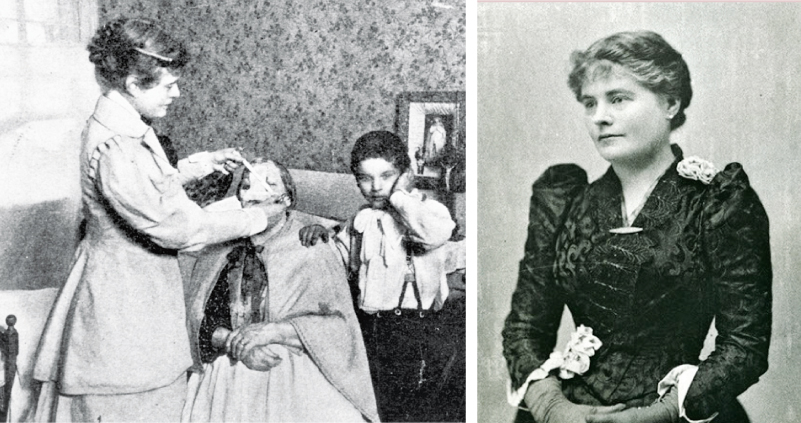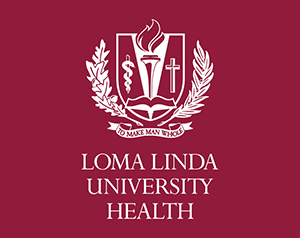Profiles In Nursing
Rose Hawthorne Lathrop (1851–1926), Cancer Nurse and Candidate for Sainthood
Oncology nurse and candidate for sainthood

The youngest child of famed novelist Nathaniel Hawthorne, Rose Hawthorne Lathrop was born into a wealthy New England family with literary and political connections. A series of tragedies led her to relinquish the comforts of privilege to become an oncology nurse and the founder of St. Rose’s Free Home for Incurable Cancer.
A Literary Childhood
In 1851, one year after publishing The Scarlet Letter, American novelist Nathaniel Hawthorne and his wife, Sophia Peabody Hawthorne, welcomed their second daughter, Rose.
Her childhood was divided between the United States, England and Europe: When she was two years old, President Franklin Pierce, a close family friend, appointed her father to serve as the U.S. consul in Liverpool, England, and the family traveled the Continent for three years after he stepped down from his post.
Back home in Concord, Mass., Rose Hawthorne grew up in the company of some of America’s most celebrated philosophers and writers, including Ralph Waldo Emerson, Henry David Thoreau, Louisa May Alcott, Henry Wadsworth Longfellow and Herman Melville.
However, Rose’s idyllic childhood was shattered when her father passed away from an unknown illness (likely gastrointestinal cancer) when she was 13 years old. The family struggled financially after his death. In 1871, Rose married George Parsons Lathrop, a poet and novelist.
Tragedies and Conversion to Catholicism
Although her parents had disapproved of women writers, Rose published a novel, Miss Dilettante, followed by a book of poems, Along the Shore.












